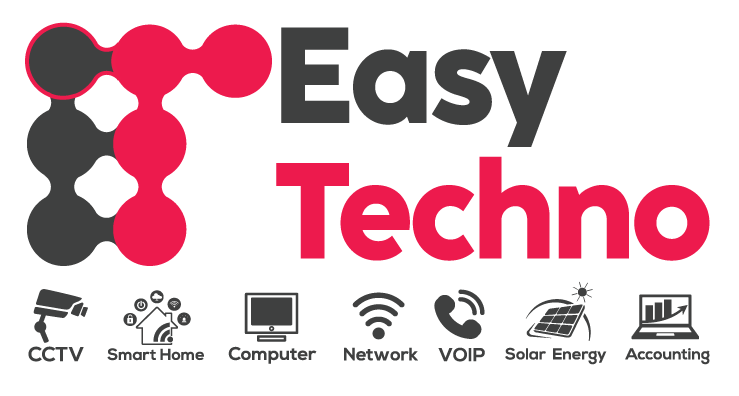
Setting up
Data Center
in Dubai and Oman
A data center is a centralized facility that is designed to store, manage, and distribute large amounts of data. Data centers are crucial for businesses, governments, and other organizations that rely heavily on digital information and computing power.
The primary function of a data center is to house computer systems and related components, such as servers, storage systems, network equipment, and cooling systems. These systems are connected to each other and to the outside world through a complex network of cables, switches, and routers.
Data centers can range in size from small, closet-sized facilities to massive, warehouse-like structures that can cover thousands of square meters. They are typically designed to be highly secure and reliable, with redundant power supplies, backup generators, and other systems to ensure uninterrupted operation.
There are several types of data centers, each with its own unique features and characteristics. Here are some of the most common types of data centers:
Enterprise data center: This type of data center is typically owned and operated by a single organization and is used to support its own business operations. Enterprise data centers are usually located on-premises, although they can also be hosted in a colocation facility.
Colocation data center: A colocation data center is a facility that provides space, power, cooling, and other infrastructure for multiple organizations to host their IT equipment. This allows smaller organizations to benefit from the scale and expertise of a larger data center operator.
Cloud data center: A cloud data center is a facility that provides cloud computing services, such as Infrastructure-as-a-Service (IaaS), Platform-as-a-Service (PaaS), or Software-as-a-Service (SaaS). Cloud data centers are typically operated by cloud service providers like Amazon Web Services (AWS), Microsoft Azure, or Google Cloud.
Hyperscale data center: A hyperscale data center is a very large data center that is designed to support the massive computing and storage needs of hyperscale applications, such as social media, search engines, and e-commerce sites. Hyperscale data centers are typically owned and operated by the companies that use them.
Edge data center: An edge data center is a facility that is located closer to end-users or devices, such as in a remote or rural area. Edge data centers are designed to reduce latency and improve performance for applications that require low latency or high bandwidth.
